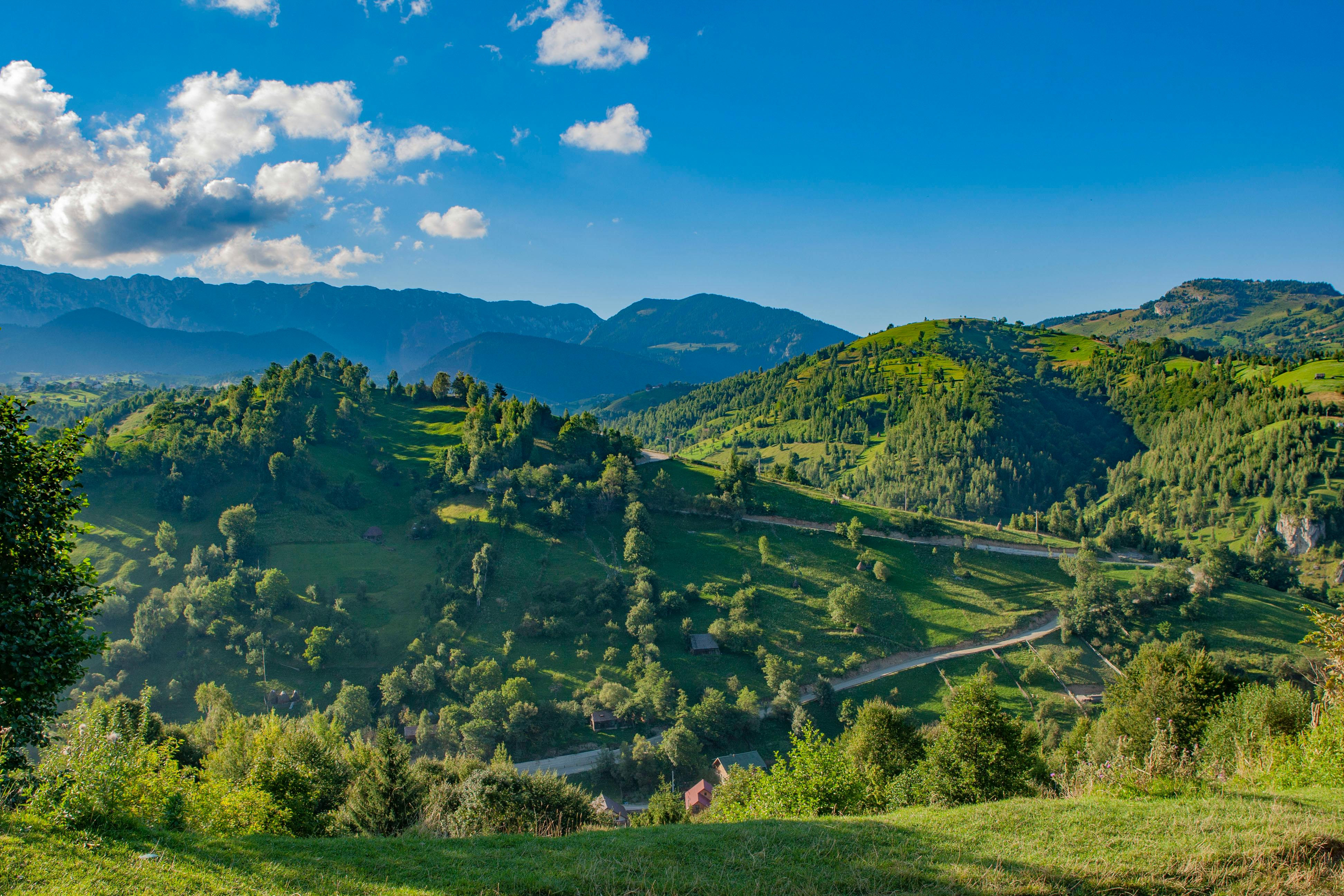
What Travel Insurance Covers in High-Risk Areas (2025 Guide)
Whether you're heading into the rugged Himalayas, politically sensitive regions, or destinations with unpredictable weather — travel insurance is not just a good idea, it's a necessity. But what exactly does it cover in high-risk areas? In this 2025 guide, we break down the types of travel insurance, what’s included, and what you need to know before booking that adventure.
🛡️ What Are “High-Risk” Travel Areas?
High-risk areas typically include:
- Conflict zones or politically unstable regions
- Areas with high crime rates
- Remote locations with limited medical infrastructure
- Destinations under travel advisories or weather alerts
Common examples in 2025: parts of Kashmir, Middle East conflict zones, and cyclone-prone coastal regions in Southeast Asia.
✅ What Is Typically Covered
Here are the standard coverages that many insurers include, even for higher-risk destinations:
1. Emergency Medical Expenses
Most plans will cover medical treatment, hospital stays, and ambulance services — even in remote or dangerous areas. Make sure the policy includes medical evacuation by air if needed.
2. Trip Cancellation or Interruption
If political unrest or natural disaster forces you to cancel or cut your trip short, many plans will reimburse non-refundable expenses — only if the event is listed as a covered reason.
3. Baggage Loss or Theft
Coverage for lost, stolen, or delayed luggage is often included, but note that theft in high-risk zones may require a police report.
4. Emergency Evacuation & Repatriation
Some insurers offer evacuation in case of natural disasters, terrorism, or political upheaval. This is not always included in basic policies and may require an upgrade.
🚫 What’s Usually Not Covered
Travel insurance is powerful, but it’s not limitless. Here’s what is often excluded — especially in high-risk zones:
- War zones or areas under government advisories (unless you purchase a special policy)
- Acts of terrorism in some basic plans
- Travel against government advisories (your claim may be denied)
- High-risk activities (mountaineering, paragliding, etc. unless added)
- Pre-existing medical conditions unless declared and approved
📝 Add-ons You Should Consider in 2025
To get the best coverage for high-risk travel, ask about these add-ons or policy upgrades:
- Cancel For Any Reason (CFAR): Get reimbursed even without a covered reason.
- Adventure Sports Coverage: Essential for hiking in Leh, diving, or skiing in Gulmarg.
- Political Evacuation Cover: Useful in politically unstable zones.
- Natural Disaster Coverage: Especially if traveling during monsoon or snowstorm seasons.
💡 Smart Tips for Insuring High-Risk Trips
- Compare plans from multiple insurers and read fine print.
- Declare all planned activities — hiking, biking, etc.
- Register your trip with your embassy if available.
- Keep digital and printed copies of your policy and emergency numbers.
🧭 Trusted Insurance Providers (as of 2025)
- World Nomads – Great for adventure travelers
- SafetyWing – Monthly subscriptions ideal for long-term travel
- Allianz Travel – Comprehensive global coverage
- Tata AIG / ICICI Lombard (India-specific) – For domestic and international trips
🏁 Final Thoughts
Traveling to high-risk areas requires courage — and preparation. The right travel insurance can give you peace of mind, financial protection, and even save your life in a crisis. As 2025 brings new geopolitical and environmental uncertainties, smart insurance is not optional — it’s essential.





